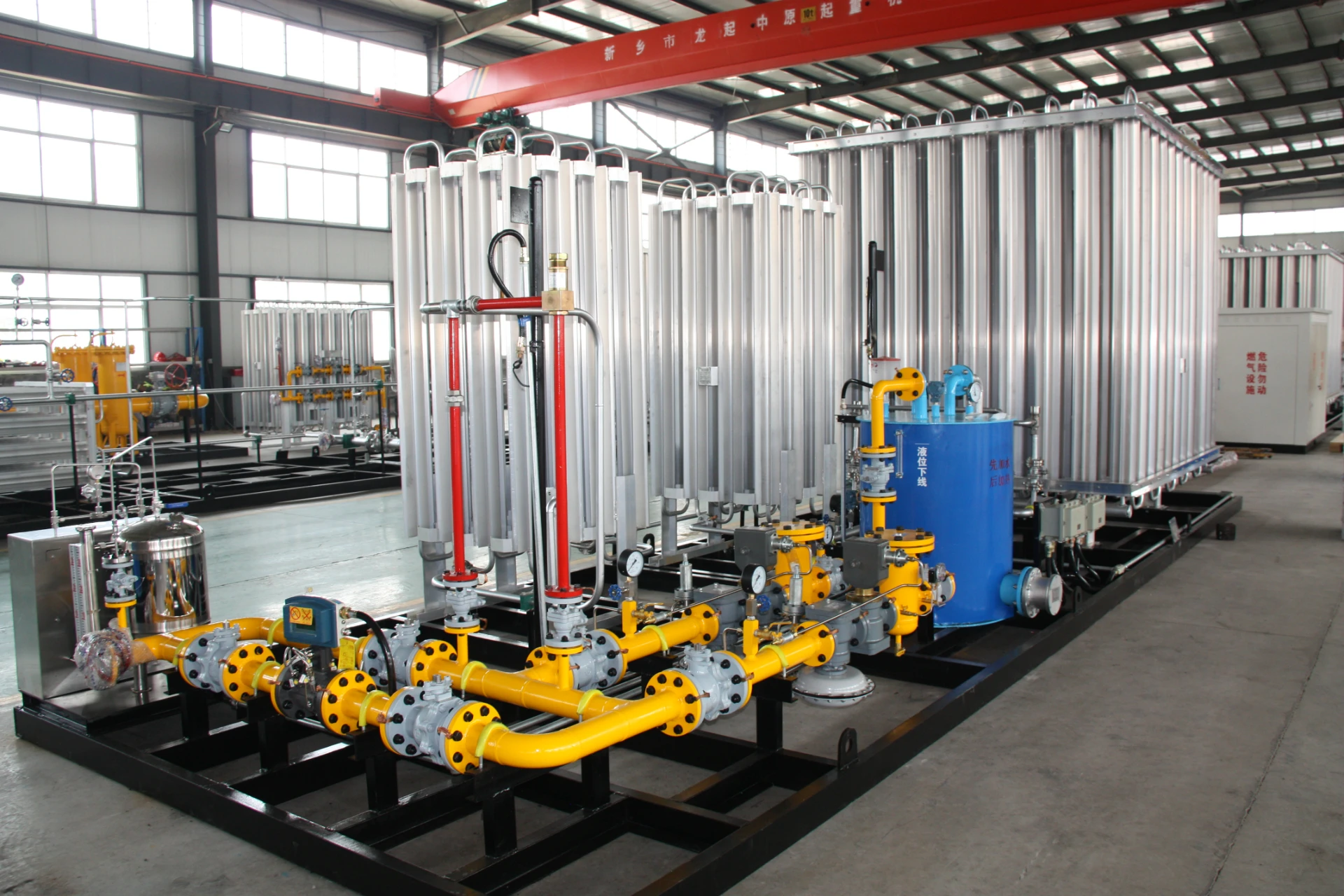
Dec . 21, 2024 13:00
Back to list
lng
Understanding LNG The Future of Energy
Liquefied Natural Gas (LNG) has emerged as a pivotal player in the global energy landscape, bridging the gap between traditional fossil fuels and cleaner energy alternatives. As the world grapples with climate change and seeks sustainable energy solutions, LNG offers a viable transition fuel due to its lower carbon emissions compared to coal and oil. In this article, we will explore what LNG is, its advantages, the process involved in its production and transportation, and the challenges it faces in the current energy market.
What is LNG?
LNG, or Liquefied Natural Gas, is natural gas that has been cooled to a liquid state, at approximately -162 degrees Celsius (-260 degrees Fahrenheit). This process reduces its volume by around 600 times, making it more efficient and economical to transport, especially over long distances where pipelines are not feasible. LNG is primarily composed of methane (CH4), but it can also contain small amounts of other hydrocarbons and impurities.
Advantages of LNG
One of the most significant advantages of LNG is its environmental benefits. When burned for energy, LNG emits significantly lower amounts of greenhouse gases compared to coal and oil. This makes it an attractive option for countries aiming to reduce their carbon footprints and meet international climate agreements such as the Paris Accord.
In addition to its lower emissions, LNG is also versatile. It can be used in various sectors, including power generation, transportation, and heating. As countries transition to greener energy sources, LNG can serve as a reliable backup for intermittent renewable sources like wind and solar, ensuring energy security during periods of low generation.
The LNG Production and Transportation Process
The journey of LNG begins with natural gas extraction, which can occur on land or offshore. Once the gas is extracted, it undergoes a purification process to remove impurities such as water, carbon dioxide, and sulphur compounds. This step is crucial to ensure the gas meets quality specifications for liquefaction.
lng

After purification, the natural gas is cooled in large facilities known as liquefaction terminals, where it is condensed into a liquid state. Once liquefied, LNG is stored in specially designed tanks before being loaded onto LNG carriers—ships equipped to transport the cryogenic liquid across oceans.
Upon reaching its destination, the LNG undergoes regasification in receiving terminals, where it is converted back into gas and injected into local gas pipelines for distribution. This well-established process allows LNG to be transported from regions with abundant natural gas resources, such as the United States and Qatar, to markets where demand is high.
Challenges Facing the LNG Industry
Despite its numerous advantages, the LNG industry faces several challenges that could impact its growth and acceptance. One of the primary concerns is the high cost associated with LNG infrastructure. Building liquefaction and regasification facilities, along with establishing the necessary transport networks, requires significant capital investment.
Moreover, while LNG is cleaner than other fossil fuels, it is not entirely free from environmental concerns. Methane, the primary component of LNG, is a potent greenhouse gas. If not adequately managed, leaks during extraction, transportation, and storage can negate the climate benefits of switching from coal and oil to natural gas.
Additionally, the global push towards renewable energy poses a threat to the long-term demand for LNG. As countries continue to invest heavily in solar, wind, and other clean energy technologies, the future market dynamics for LNG could shift dramatically.
Conclusion
LNG represents an essential component of the world's energy portfolio as we transition towards more sustainable energy solutions. Its ability to reduce greenhouse gas emissions while providing a reliable energy supply makes it a crucial player in the energy transition narrative. However, the industry must address the challenges it faces, including infrastructure costs and environmental risks associated with methane emissions. As countries continue to navigate the complexities of energy production and consumption, LNG will likely remain a significant focus in discussions about the future of energy. By balancing economic viability with environmental responsibility, LNG has the potential to play a key role in shaping a more sustainable energy landscape for the future.
Latest news
-
Safety Valve Spring-Loaded Design Overpressure ProtectionNewsJul.25,2025
-
Precision Voltage Regulator AC5 Accuracy Grade PerformanceNewsJul.25,2025
-
Natural Gas Pressure Regulating Skid Industrial Pipeline ApplicationsNewsJul.25,2025
-
Natural Gas Filter Stainless Steel Mesh Element DesignNewsJul.25,2025
-
Gas Pressure Regulator Valve Direct-Acting Spring-Loaded DesignNewsJul.25,2025
-
Decompression Equipment Multi-Stage Heat Exchange System DesignNewsJul.25,2025

